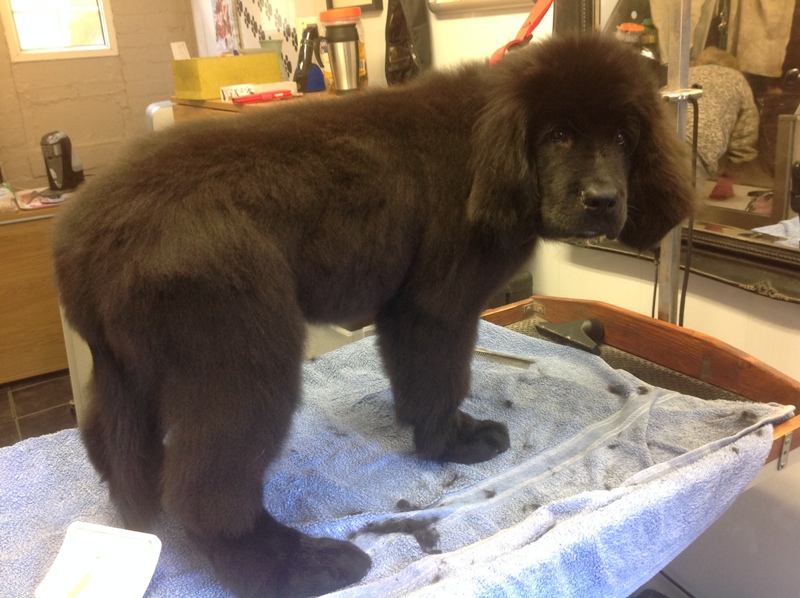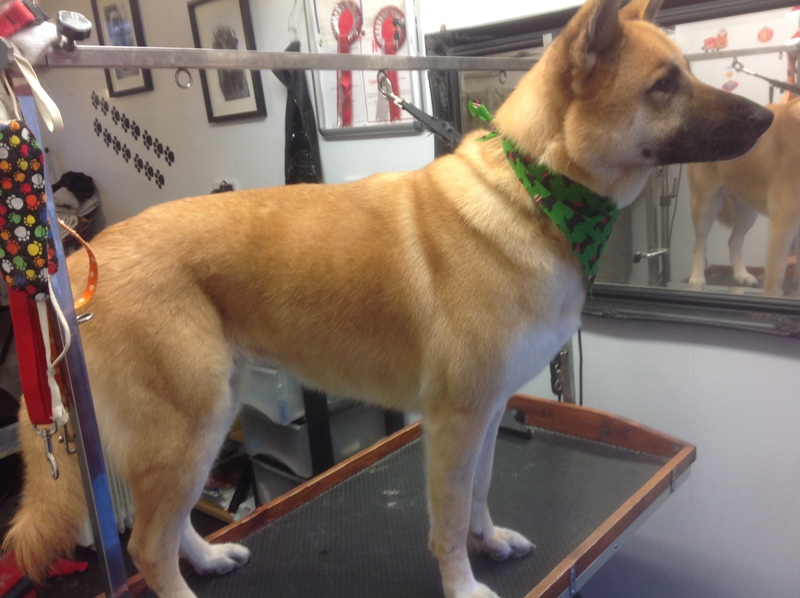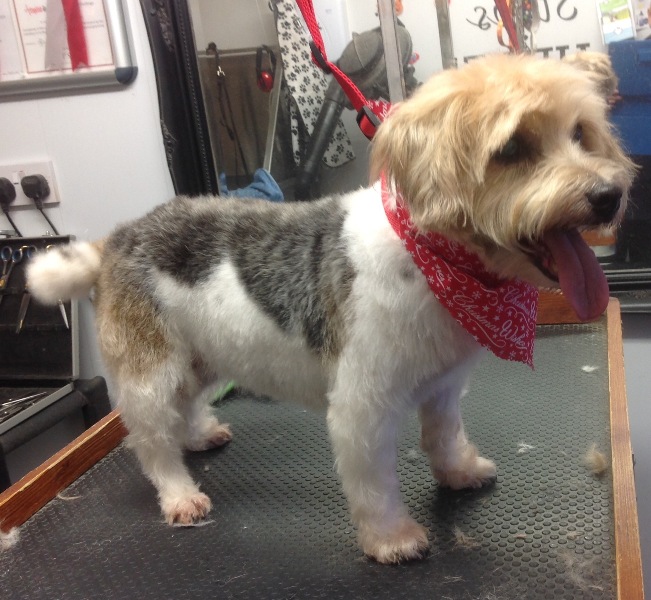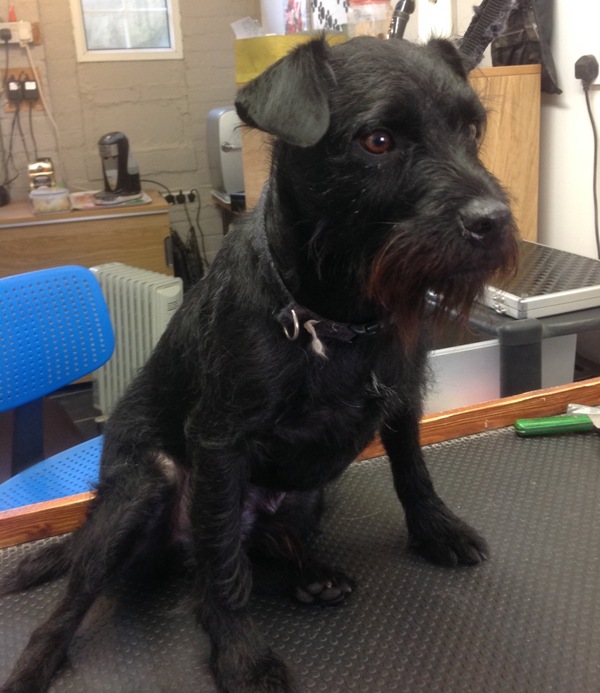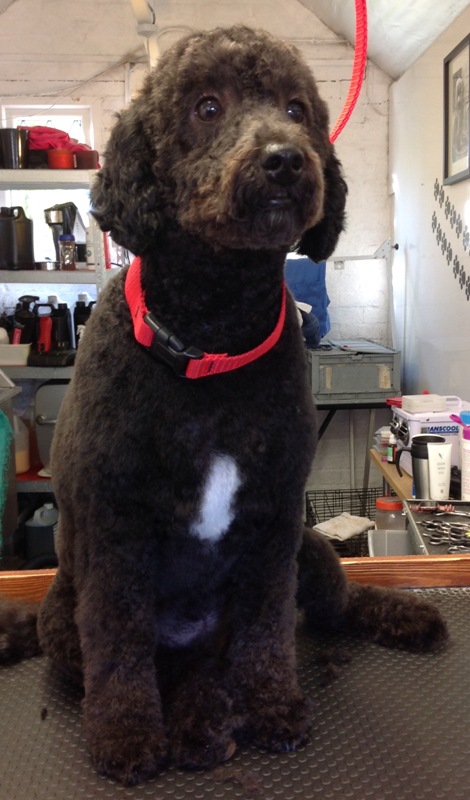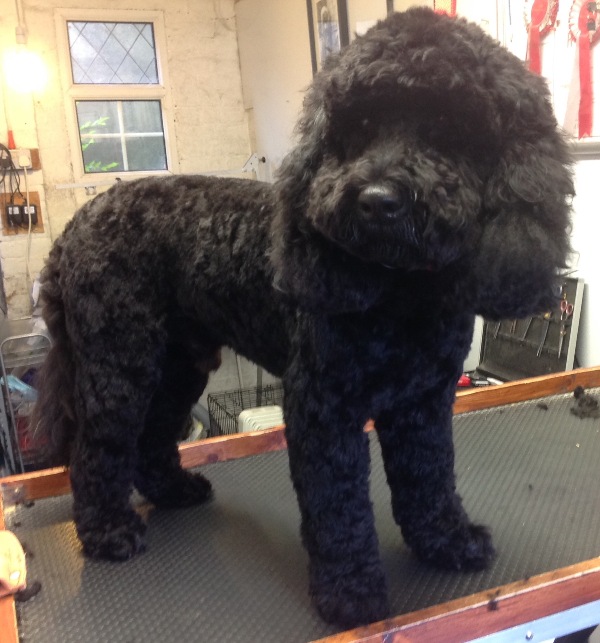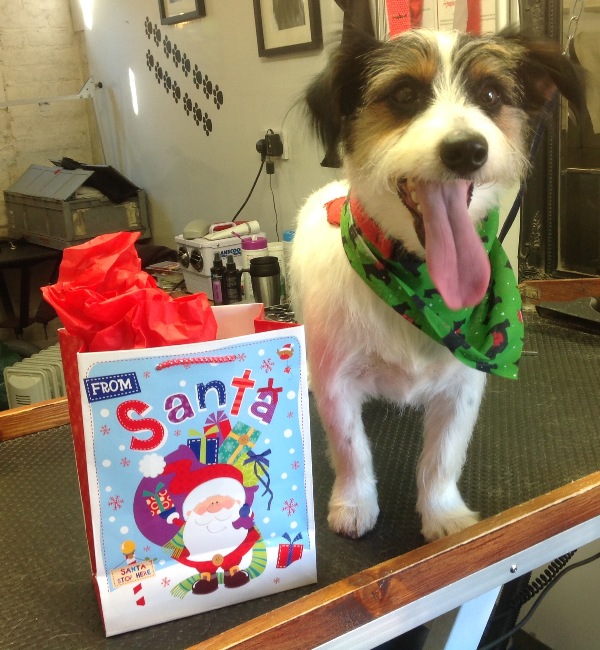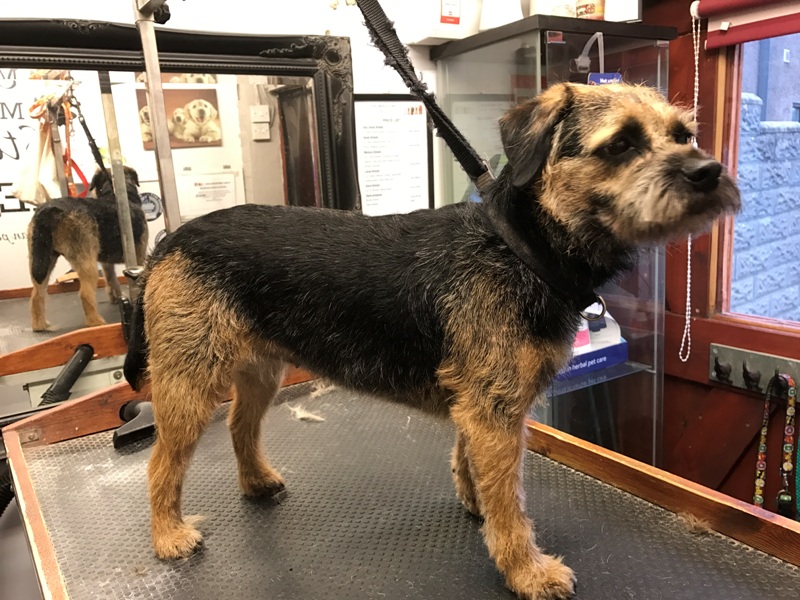Health Information
What’s an Ecto-parasite?
An ecto-parasite is a parasite that lives on the outside of a dog’s body rather than on the inside. There are many different varieties of ecto-parasites however the main ones are fleas, ticks and mites.
Fleas
-
Live in the home, not on the animal
-
Dogs may become allergic—will lose hair and skin will become inflamed

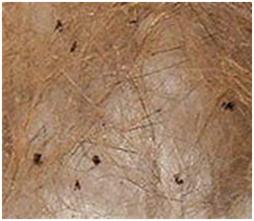
Treatment for fleas:
-
Frontline or similar long acting product
-
Treatment of the environment with suitable insecticide which should be continued on a regular basis
-
Tapeworm treatment should also be carried out on a dog infested with fleas
Ticks

Treatment:
Removal using a tick picker (anti clockwise direction) or application of a paraciticide then removal.
Mites
There are various types of mites which can affect dogs being:
Sarcoptic Mange Mite—very contagious, lives in the skin, usually affects muzzle, ear, belly and legs
Otodectic Mange Mite—ear mange mite causing inflammation of the lining membrane of the ear. Symptoms involve shaking of the head and scratching of the ear
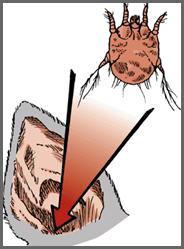
Cheyletiella Mites—often called “walking dandruff” as sometimes you can see the mites moving about on the skin
Harvest Mites— occurs late summer, small orange dots, just visible to the naked eye. Mainly affect feet, belly and legs.
Treatment for mites:
Parasitic washes but you should always seek advice from your vet.
Potential Common Emergency Situations & How to Deal with Them

Convulsions/Heart Attack/Stroke
-
Make space for the dog so he cannot injure himself
-
Ensure the dog is comfortable and it is quiet
-
Reduce the light
-
Keep away from the dog
-
Don’t show distress
-
Reassure dog on recovery
-
Inform the vet
Unconscious Animal
-
Lay dog on its side
-
Position head to clear the airway and pull out the tongue
-
Check if the dog is breathing
-
Inform the vet
Foreign Bodies in the Paw
-
Gently enlarge opening with sterilised needle
-
Place one thumb either side of opening—foreign body will often pop out. If not, take the dog to the vet
Bee stings
Stings only once and leaves sting in the dog, so remove the sting. If dog is distressed take to the vet for an antihistamine injection.

Wasp stings
Withdraws its sting so nothing to remove.

Bee stings are acid so bathe with alkaline e.g. bicarb of soda. Wasp stings are alkaline so bathe with acid e.g. vinegar or lemon juice.








